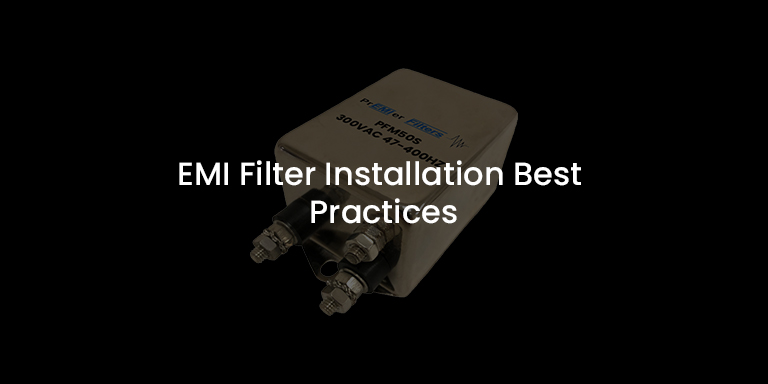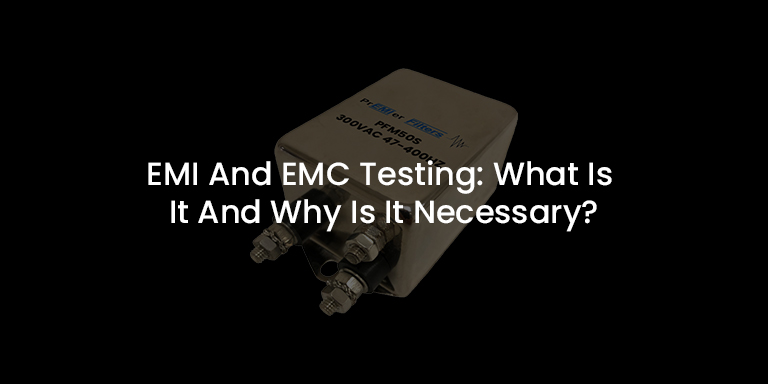Where Can EMI/RFI Come From


Electromagnetic Interference (EMI) and Radio Frequency Interference (RFI) are two sides of the same phenomenon in which electronic devices produce and are affected by electromagnetic radiation. The terms RFI and EMI are frequently used interchangeably as radio waves are merely a subset of the electromagnetic spectrum.
EMI/RFI are becoming more of a problem in today’s world. Signals from radio, cell phone, and Wi-Fi transmitters fill the air. In addition, radio wave noise is also produced by solar activity and other sources from space. Furthermore, as devices get smaller, they become more susceptible to EMI, especially when the distance between circuits is less than one wavelength.
Where can EMI come from?
The sources of EMI can be both natural and man-made. Almost any electrical source has the potential to disrupt the electrical components of a product in its neighborhood, though the degree of disruption varies greatly.
Natural Causes:

– Lightning
– Solar flares and radiation
– Dust and snow storms
– Electrical storms in the atmosphere (the cause of the Northern and Southern Lights)
Man-Made Causes:
Industrial:
![]()
– Electric motors and generators
– Power supplies
– Cellular networks
– Transmitters
– Transformers
Home Goods:
– Electric blankets
– Electric bug killers
– Baby monitors
– Microwaves
– Heaters
– Lamps
– Wi-Fi and Bluetooth devices
Filtering
Many EMI filters allow only certain frequencies to pass through, implying that a specific range of EMI/RFI emissions will be transmitted to the device being protected. This is because certain EMI/RFI emissions, within a certain range, will not interfere with the performance frequencies of various electric and electronic devices. Cable televisions, for example, operate at different frequencies than radio waves, ensuring that they do not interfere with one another. The primary frequency pass settings are as follows:
1. Low Pass filters allow low-level frequencies below a certain cutoff point to pass through.
2. High Pass filters allow high-level frequencies above a certain cutoff point to pass through.
3. Band Pass filters allow frequencies within a specific frequency range to pass through.
4. Band Stop or Band Reject filters allow frequencies outside of a specific frequency range to pass through.
Shielding

When an electromagnetic wave passes through a conductive material, its energy is reduced or “attenuated.” A layer of conductive material serves as EMI shielding. It may be intended to protect a device from its surroundings or to protect device components from one another.
Metal enclosures provide excellent EMI shielding. However, many modern enclosures are made of plastic and provide no inherent protection. EMC is commonly achieved by coating the inner surfaces of plastic enclosures with conductive paint.
Attenuation effectiveness of a shield is measured in decibels (dB). Attenuation of 10 dB shielding reduces the incident wave’s energy by a factor of ten. 20 dB reduces it by a factor of 100; 30 dB by a factor of 1000, and so on.
It is important to note that the shielding effectiveness of all materials varies with the wavelength of the radiation being shielded.





















